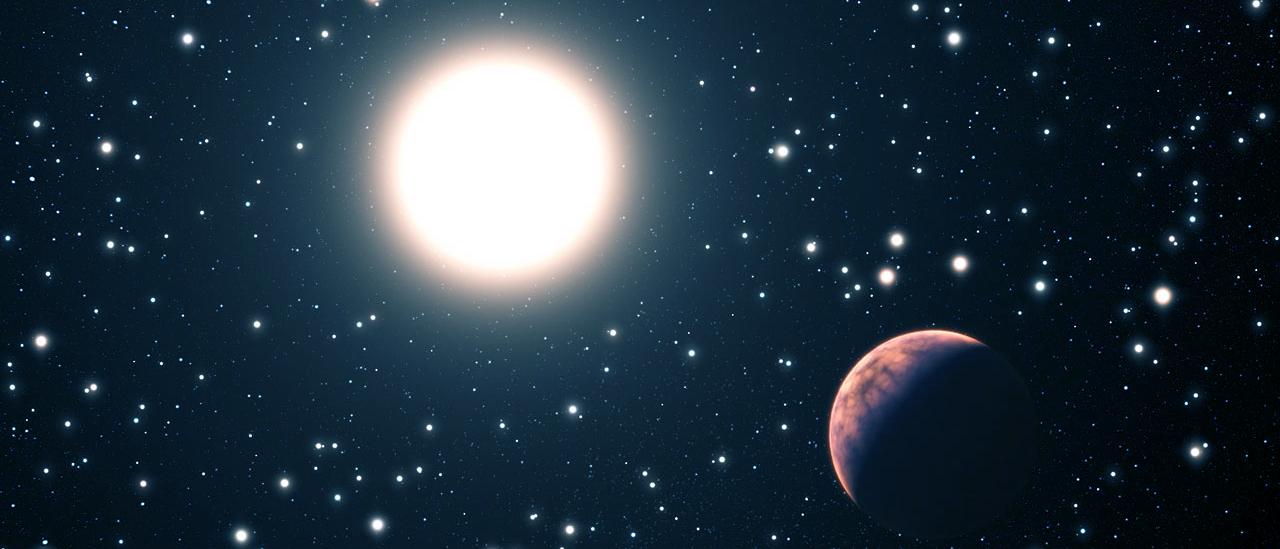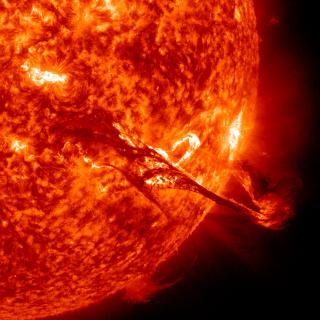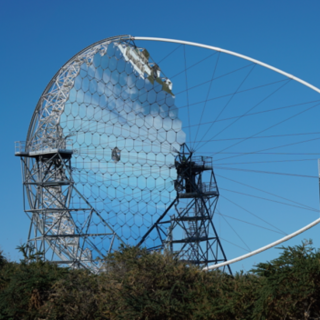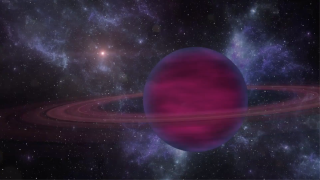General
Several spectroscopic analyses of stars with planets have recently been carried out. One of the most remarkable results is that planet-harbouring stars are on average more metal-rich than solar-type disc stars. Two main explanations have been suggested to link this metallicity excess with the presence of planets. The first of these, the “self-enrichement” hypothesis, attributes the origin of the observed overabundance of metals to the accretion of large amounts of metal-rich H- and He-depleted rocky planetesimal materials on to the star. The opposite view, the “primordial” hypothesis, considers the metallicity enhancement to be caused by the high metal content of the protoplanetary cloud from which the planetary system formed. Light elements may give fundamental information about the mixing, diffusion and angular momentum history of exoplanets hosts, as well as stellar activity caused by interaction with. Studies of Be, Li and the isotopic could give evidences to distinguish between different planet formation theories. Evidences of pollution have been found in HD82943 by Israelian et al.(2001, Nature, 411, 163; 2003, A&A, 405, 753).
The “self-enrichement” scenario should lead to a relative overabundance of refractories, such as Si, Mg, Ca, Ti and the iron-group elements, compared to volatiles, such as CNO, S and Zn. Differents spectroscopic studies of Fe (Santos et al. 2001, A&A, 373, 1019; 2003, A&A, 398, 363; 2004, A&A, 415, 1153) and other elements (Bodaghee et al 2003, A&A, 404, 715; Ecuvillon, Israelian, Santos et al. 2004, A&A, 418, 703; 2004, A&A, 426, 619) have been completed.
The spectroscopic analisis of metal rich stars can also give us a valuable information about yields of chemical elements produced by supernovae during the last 10 Gyr. An alternative method to investigate products of supernova explosions is by studying secondary stars in Low Mass X-ray binary systems (LMXB). The secondary stars in LMXBs have survived the supernova explosions and could have captured a part of the matter ejected during the explosion. This material can be mixed in the convection zone in a way that the final surface abundanced will be altered. Thus, a study of abundance anomalies in the atmospheres of these stars can provide us an information about nucleosynthesis and evolution of massive stars and also about supernova explosions. This new idea was applied for the first time by Israelian et al. (1999, Nature 401, 142) in the spectroscopic study of GRO J1655-40 (Nova Scorpii 1994), a LMXB with a black hole which has the most reliable mass determination. The analysis has shown that the abundances of O, Mg, Si and S are from 6 to 10 times larger compared with the Sun. These results were considered as the evidence that a supernova explosion took place and created the black hole in the system where the low mass secondary star could not produce these elements
Members
Results
- The planet-metallicity correlation is reviewed showing that the metallicity distribution of stars hosting low-mass planets (below 30 M⊕) is indistinguishable from that from the solar neighborhood sample in terms of metallicity distribution.
- We found that 3D 6Li/7Li corrections are always negative, showing that 1D LTE analysis can significantly overestimate the presence of 6Li (up to 4.9% points) in the atmospheres of solar-like dwarf stars. Although 3D NLTE spectral synthesis implies an extensive computational effort, the results can be made accessible with parametric tools like the ones presented by us
- We have analyzed the behaviour of chemical abundances of Cu, Zn, Sr, Y, Zr, Ba, Ce, Nd, and Eu in the large and homogeneous HARPS-GTO planet search sample.We compared the [X/Fe] ratios of such elements in different metallicity bins and we find that planet hosts present higher abundances of Zn for [Fe/H] < -0.1 dex.
- We found that 100% of planetary sample in HARPS-GTO present C/O < 0.8. 86% of stars with high-mass companions present 0.8 > C/O > 0.4, while 14% present C/O values lower than 0.4. Regarding Mg/Si, all stars with low-mass planetary companion showed values between one and two, while 85% of the high-mass companion sample does.



